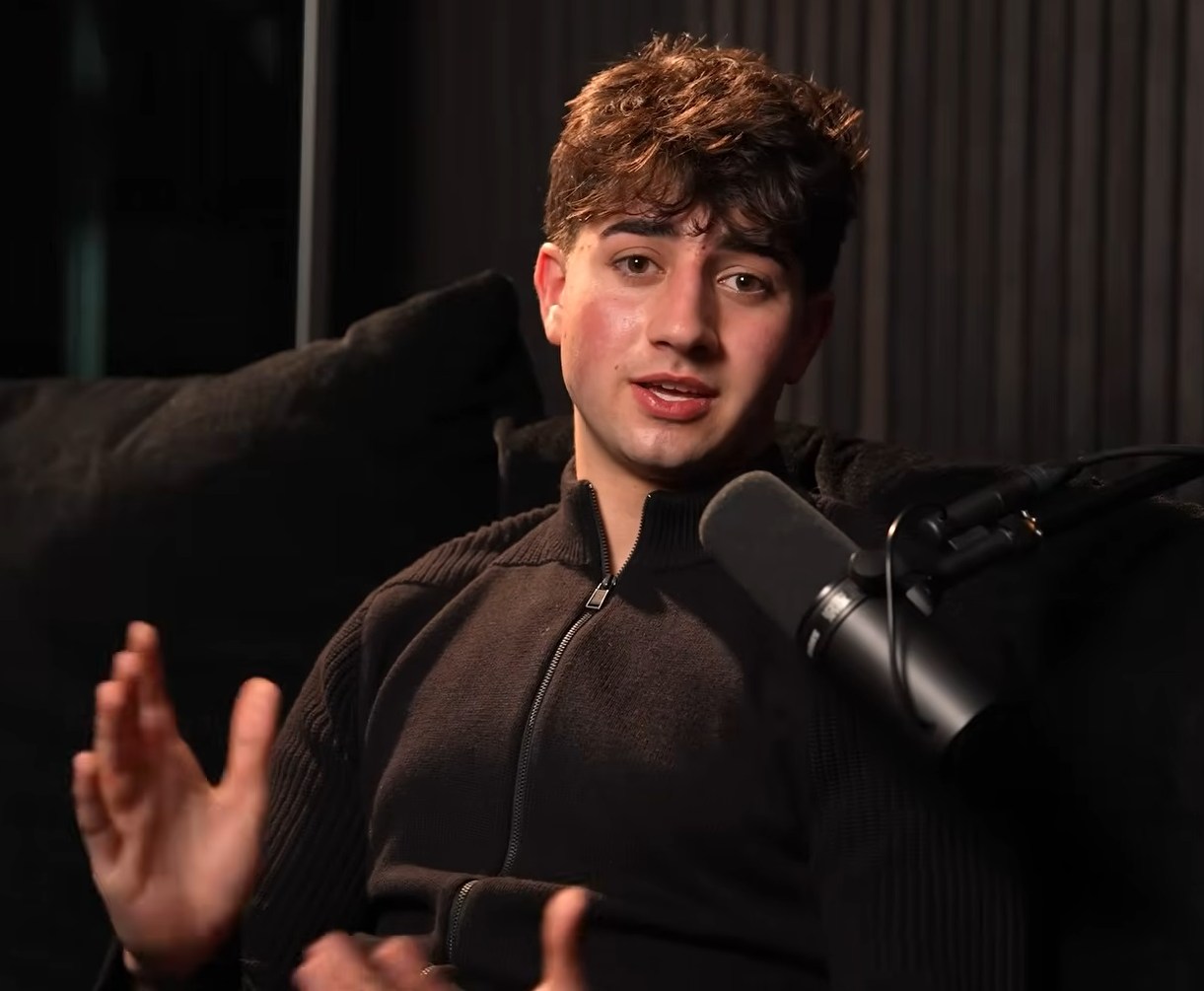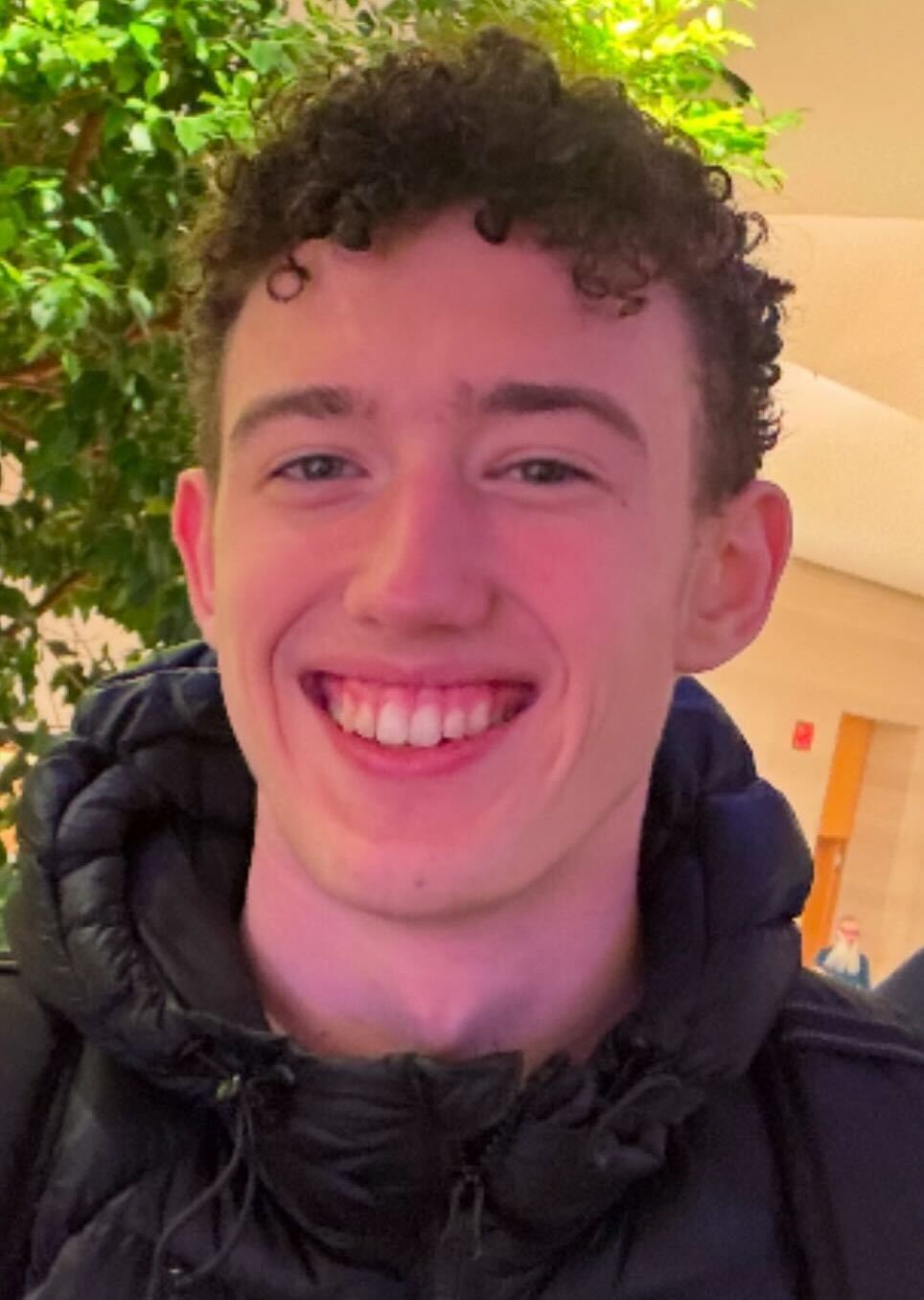Unless you’re an aspiring food influencer, taking pictures of your food in public is a fairly mortifying act. But on Thursday afternoon, I find myself taking this regrettable modern habit to new heights (literally). Standing on a bench on the roof terrace of the work canteen, I position my pot of porcini mushroom rigatoni carefully in my phone camera frame.
This is my first attempt at using the food tracking photo app Cal AI. The app does what it says on the tin. Within seconds of me snapping a picture of my meal, artificial intelligence has calculated (or attempted to calculate) the exact number of calories I’m about to consume, as well as grams of protein, carbohydrates and fats.
Created by two New York teenagers who were rejected from most Ivy League colleges, Cal AI launched in March last year and has become a viral hit in recent weeks, racking up millions of downloads. Last week it made it to the top of the health and fitness app charts in the US. Five per cent of its users are in the UK.
Food-tracking apps have been popular for a while — calorie-counting MyFitnessPal has millions of British users who manually input their daily consumption. But Cal AI represents a new generation, using large language models to generate detailed food data at the click of a camera. Zoe, the nutrition behemoth, is developing its own version of this technology, which it hopes could provide yet another transformation in our ability to track and optimise our diet.
But does it actually work? And how? The app counts calories by separating the constituent parts of a meal — say mushrooms or pieces of rigatoni — by recognising differences in textures, shapes and colours, and cross-references them against a huge database. The app then returns information on the nutritional content of each food and calculates the meal’s total calories.
I immediately find a glitch with my lunch. Because the pasta is in a tall cardboard pot, only ten rigatonis are visible. Cal AI has correctly identified the ten in the photo and it tells me they contain 150 calories, 10g of protein, 10g of fats, and 30g of carbs. It has not totted up the nutrition in the food it cannot see — the chain’s own menu tells me that I am, in fact, due to consume 819 calories.
• Ozempic jabs could soon be eclipsed by first weight-loss pill
The founders, Zach Yadegari, 18, and Henry Langmack, 17, insist these are just teething problems. “The AI model is getting better every day as it’s trained on more and more data,” says the ebullient Yadegari. “The angle will sometimes alter the perception of the portion size. But [over time] it will also start to use things like a spoon to reference and figure out the size.”

Zach Yadegari
BRETT MALINOWSKI

Yadegari and Langmack have been starring on US television this past week and are not shy about their achievements. “The way Cal AI has grown so fast was really a combination of a great idea, coupled with amazing execution,” says Yadegari.
Somewhat reassured, I give the app another go, uploading a photo of an egg: 78 calories, which Google informs me is about right. Tempted to push Cal AI’s boundaries again, I try a picture of a living Aberdeen Angus cow. “Beef,” it says. Again, not wrong.
That evening I test it over a square meal, prepping a plate of salmon, mashed potato and broccoli. The app tells me this is 550 calories, which feels about right, except that it clearly doesn’t know how much butter I put in the mashed potato. It can only give a rough estimate based on typical cooking habits — unless you inform it otherwise.
The following morning, to complete a full day’s meals on Cal AI, I tried it on yoghurt, fruit compote and granola. It estimates this at 450 calories (another round number) which again feels broadly accurate — except it hasn’t spotted my generous addition of honey.
• How much sugar are you really eating?
Based on my height, weight and desire to maintain my current weight (rather than lose weight), the app sets my daily calorie goal at a measly 1,688. If I add up my rigatoni, salmon, and yoghurt meals then I’ve come in way under this, at 1,050 calories. But given how far out Cal AI was on the pasta, and its miss on the butter and honey, I suspect my real number is far higher.

VICKI COUCHMAN FOR THE SUNDAY TIMES
The app is free for the first three days, then £19.99 a year, making it cheaper than most of its competitors. It clearly isn’t perfect, but I can see how this gamified technology can become addictive.
Perhaps unsurprisingly, most of the nutritional scientists I spoke to about this app are dubious. “When I saw it, my heart sank,” says Stephanie Moore, a nutrionist who works on anorexia and counsels against avid calorie-counting. “Fewer calories is not necessarily better,” she explains. “Low calorie is often low fat and low quality and higher-fat foods often contain really important nutrients.”
But Sarah Berry, chief scientist at Zoe, is more open to the technology, if harnessed correctly. “Dietary assessment plagues nutrition researchers,” she says. “It’s very difficult to accurately assess what people are eating because it’s incredibly burdensome to record everything you’re eating and drinking.”
Zoe’s app, which is being launched in the US, will not focus on calories, instead assessing fibre, fat quality and the meal’s overall nutritional value.
• Skinnytok: the online trend leading kids to starve themselves
Cal AI’s founders say that although none of them or their global team of 17 developers have nutritional qualifications, they have consulted nutritionists. “Calorie tracking certainly isn’t for everyone but it is for the majority of people,” Yadegari says. “Developing an eating disorder doesn’t happen just by using a calorie-tracking app — there are many more factors at play.”
Interestingly, Langmack thinks that users of his app will actually benefit from its simplicity and the fact it’s only 90 per cent accurate. “It doesn’t push users into the sort of obsessive tracking they may get in other apps,” he says.
Whatever its flaws, better versions of this app are likely to be coming soon and the direction of travel seems to be towards ever more body optimisation and self-analysis. And yet after a day of using Cal AI, I feel less comfortable and more neurotic about my diet than I have in years. If app-enabled calorie fixation is our future, count me out.

